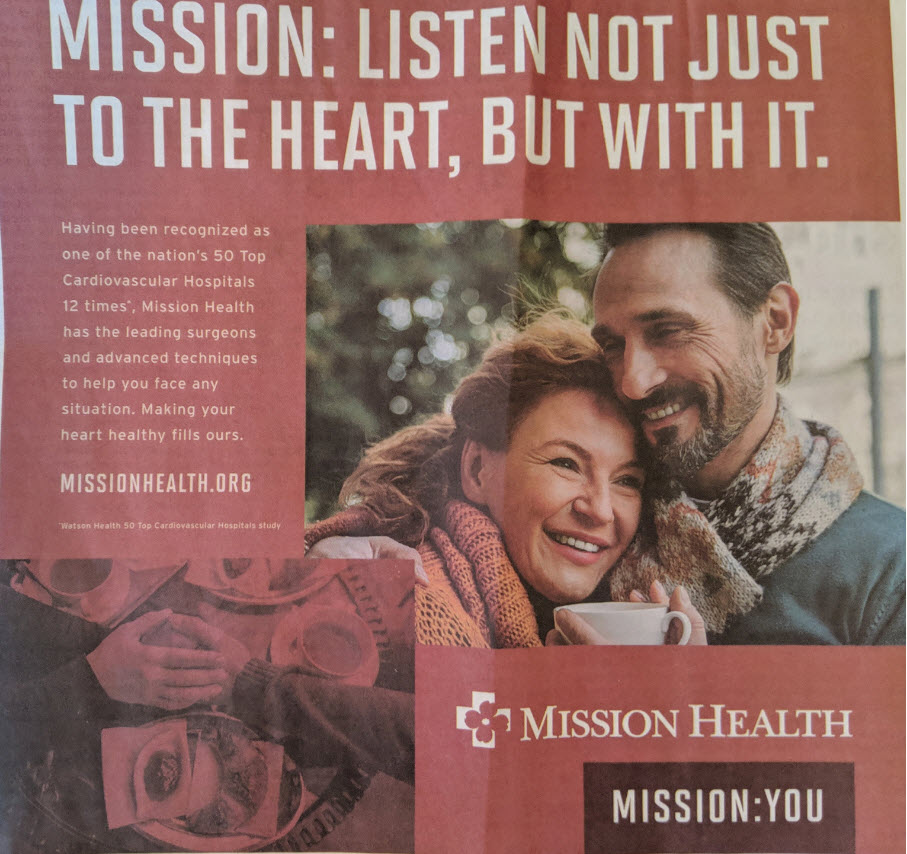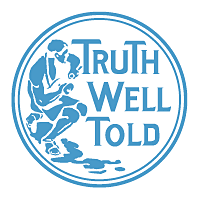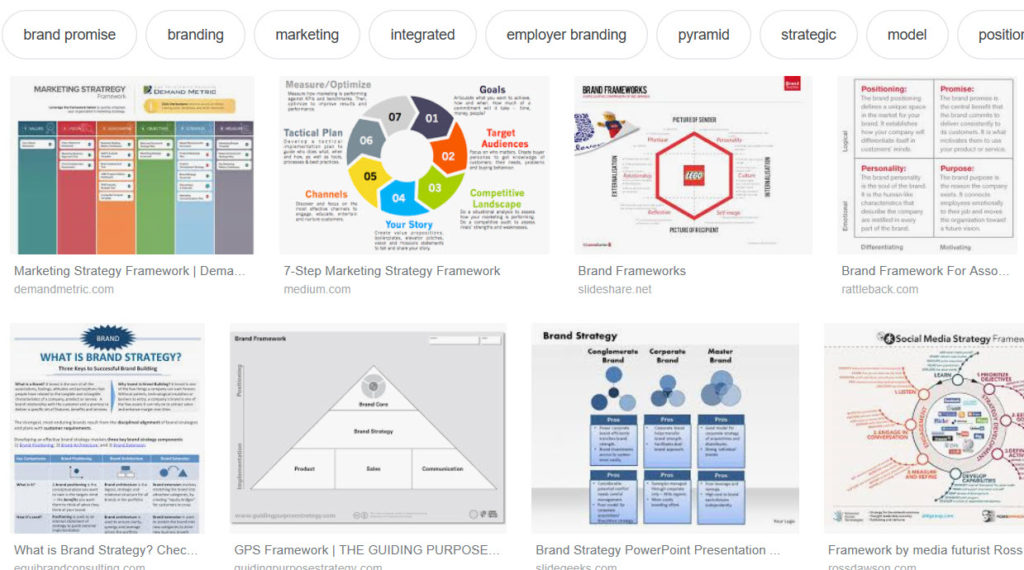Diagnosing Brand Health.
 In healthcare, diagnosis is the second most important activity – next only to treatment. One without the other isn’t effective. That is not to say treatment always works. This we know. But with proper diagnosis we are much more likely to have a positive treatment and outcome.
In healthcare, diagnosis is the second most important activity – next only to treatment. One without the other isn’t effective. That is not to say treatment always works. This we know. But with proper diagnosis we are much more likely to have a positive treatment and outcome.
Similarly, brand strategy requires a diagnosis (critical insight) and treatment (brand plan). The critical insight can be defined many ways and come from many areas yet in its simplest form it is the “identification of a business building or business detracting phenomenon.” It may come from any of the four marketing Ps (product, place, price or promotion) but rest assured the insight is a diagnosis.
Extending the metaphor, the treatment lies in brand strategy — the way we remove the obstacles or magnify the positives. A brand strategy is one claim and three proof planks. This “one and three” framework organizes product, experience and messaging in a rich, memorable and provable way…so as to build sales conviction. It’s practice and regiment.
If you would like to see some examples of real-life claim and proof arrays and the diagnoses they address, write me at Steve@WhatsTheIdea.com









